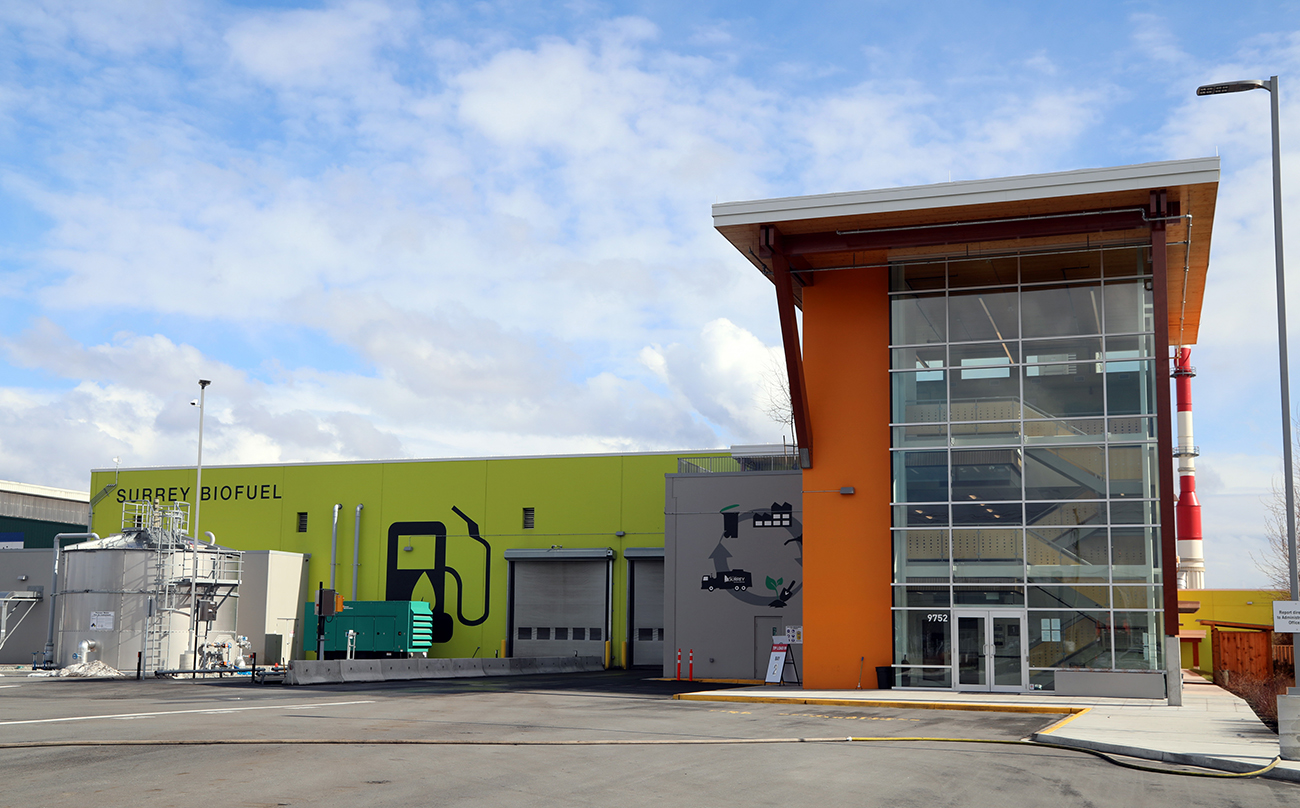STREETCAR INFRASTRUCTURE: OC Streetcar Project
21-May-2019
The OC Streetcar project, managed by the Orange County Transportation Authority (OCTA), recently earned an Envision Silver rating for sustainable infrastructure. This is the 15th Envision-verified project in the state, and the first modern streetcar project in California to receive Envision recognition.
The project helps OCTA and the cities of Santa Ana and Garden Grove reach their goals to increase transportation options and improve transit connectivity. The $407.7 million project, which is expected to begin operation in 2022, will operate along a 4.15-mile route that connects the bustling Santa Ana Regional Transportation Center (SARTC) — providing regional rail, OCTA bus, and intercity and international bus services — to a new multimodal hub at Harbor Boulevard/Westminster Avenue in Garden Grove.
The project is being constructed and will be funded primarily through a combination of local, state and federal funds, including California Climate Investments and the Federal Transit Administration (FTA). The project recently received a $149 million Full Funding Grant Agreement from the FTA―the first modern streetcar to receive a New Starts FFGA and the largest ever New Starts commitment to a streetcar project.
Using the Envision framework helped the project support sustainability and environmental commitments for the funding agencies, including measures to mitigate environmental impacts; reduce greenhouse gas emissions; provide benefits to disadvantaged communities; and drive economic, environmental and public health benefits.
Developed as a collaboration between OCTA and the cities of Santa Ana and Garden Grove, the project is anticipated to play an important role in improving transit accessibility for transit-dependent residents and relieving congestion at major streets and local freeways by providing east-west connections. Designed with input from across the community, OCTA is working numerous consultants, including HDR, program manager and Envision facilitator, and designer HNTB.
The Envision sustainable infrastructure rating system assesses sustainability in five categories: Quality of Life, Leadership, Natural World, Resource Allocation, and Climate and Resilience. These contribute to positive social, economic and environmental impacts on a community during the planning, design and construction of infrastructure projects. Innovative project features incorporated into the project include:
Quality of Life: The streetcar route reintroduces rail to a former rail right-of-way, utilizing previously unused land for a significant transportation improvement. Focused on making connections, the project links multiple modes of transport, including rail and bus, as well as reinforcing the walkable character of the two communities and taking into consideration bicycle connections. The project provides “last mile” connectivity to several major activity centers and key neighborhoods within the project area, as well as employment, restaurant and retail centers in Santa Ana, Garden Grove and surrounding areas.
Leadership: The OC Streetcar project offered numerous opportunities for stakeholder involvement, from the initial Alternatives Analysis, through Environmental Assessment and planning, design and engineering. The objectives of the project’s outreach efforts were aimed not only at increasing the overall awareness of the project and keeping stakeholders updated, but also soliciting feedback and incorporating public feedback into the final design concept. This process continues with events and surveys posted on the project website.
Resource Allocation: The design of the streetcar stops emphasizes sustainability. For streamlined maintenance, all stops will adhere to a preselected ‘kit-of-parts’ design, which means all of the stop elements―such as the canopies, benches, trash receptacles, furnishing, or signs―are the same for every stop along the route. Additionally, the maintenance facility’s train wash system is designed for ease of maintenance, recycling and parts reuse. The operations and maintenance plan for streetcar vehicles will not only allow for ease of disassembly, but will ensure long-term vehicle reliability.
Natural World: The streetcar route uses existing city streets and unused rail right-of-way for the alignment and the Maintenance and Storage Facility repurposes a site previously used for industrial and commercial businesses, locating one hundred percent of the project footprint on previously developed land. The project’s landscape plans integrate locally appropriate and low water use plants along the project corridor, at streetcar stops and at the maintenance facility.
Climate and Resilience: A goal of the streetcar is to reduce air pollution by reducing the number of single-occupancy vehicles on the road and reducing traffic congestion. Air pollution reduction is a focus of OCTA and both the Cities included in this project. In addition, this project fulfills broad agency and state goals, which both consider a long-term view of resource depletion and extreme events, as well as social and economic changes.









